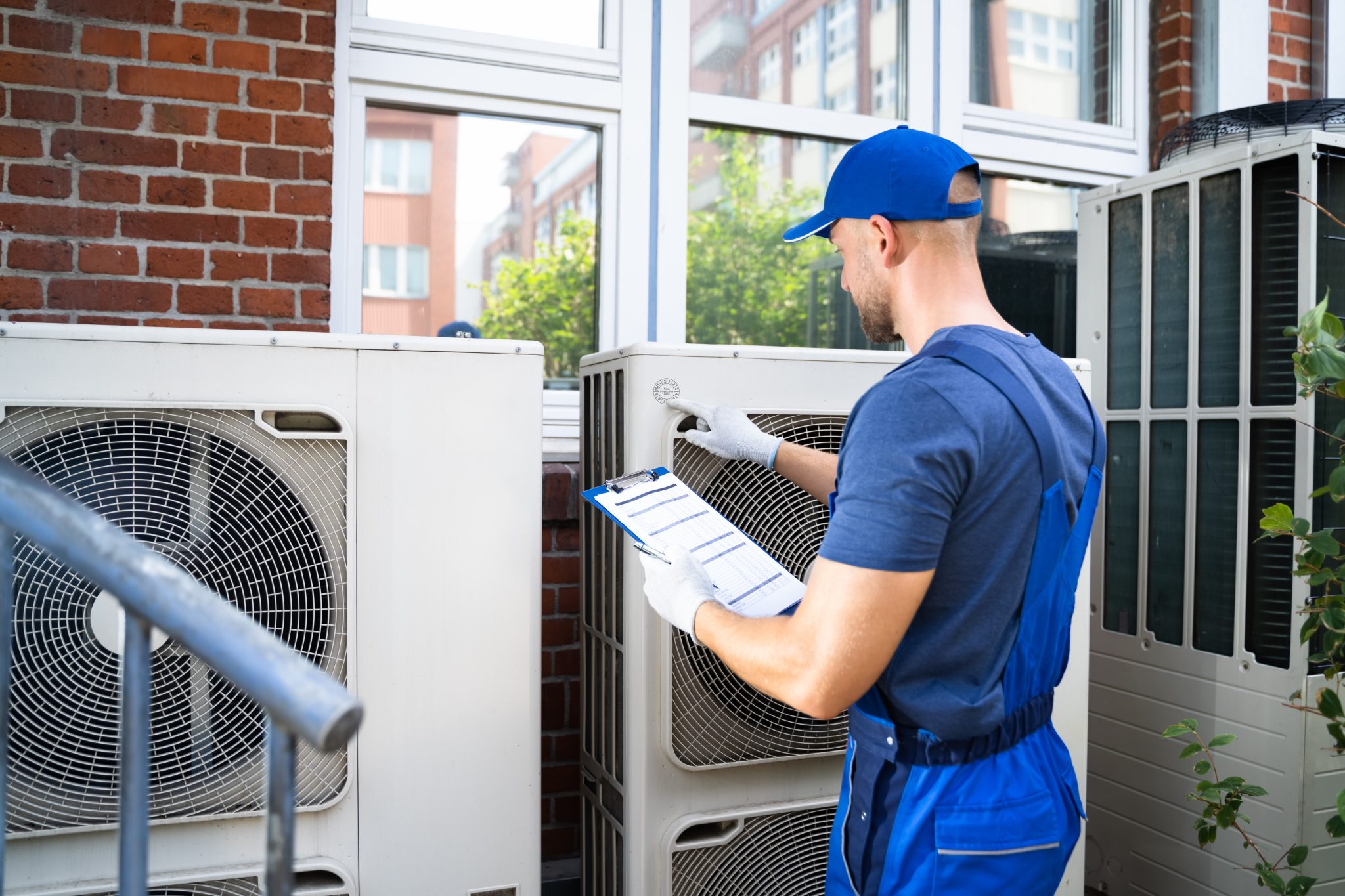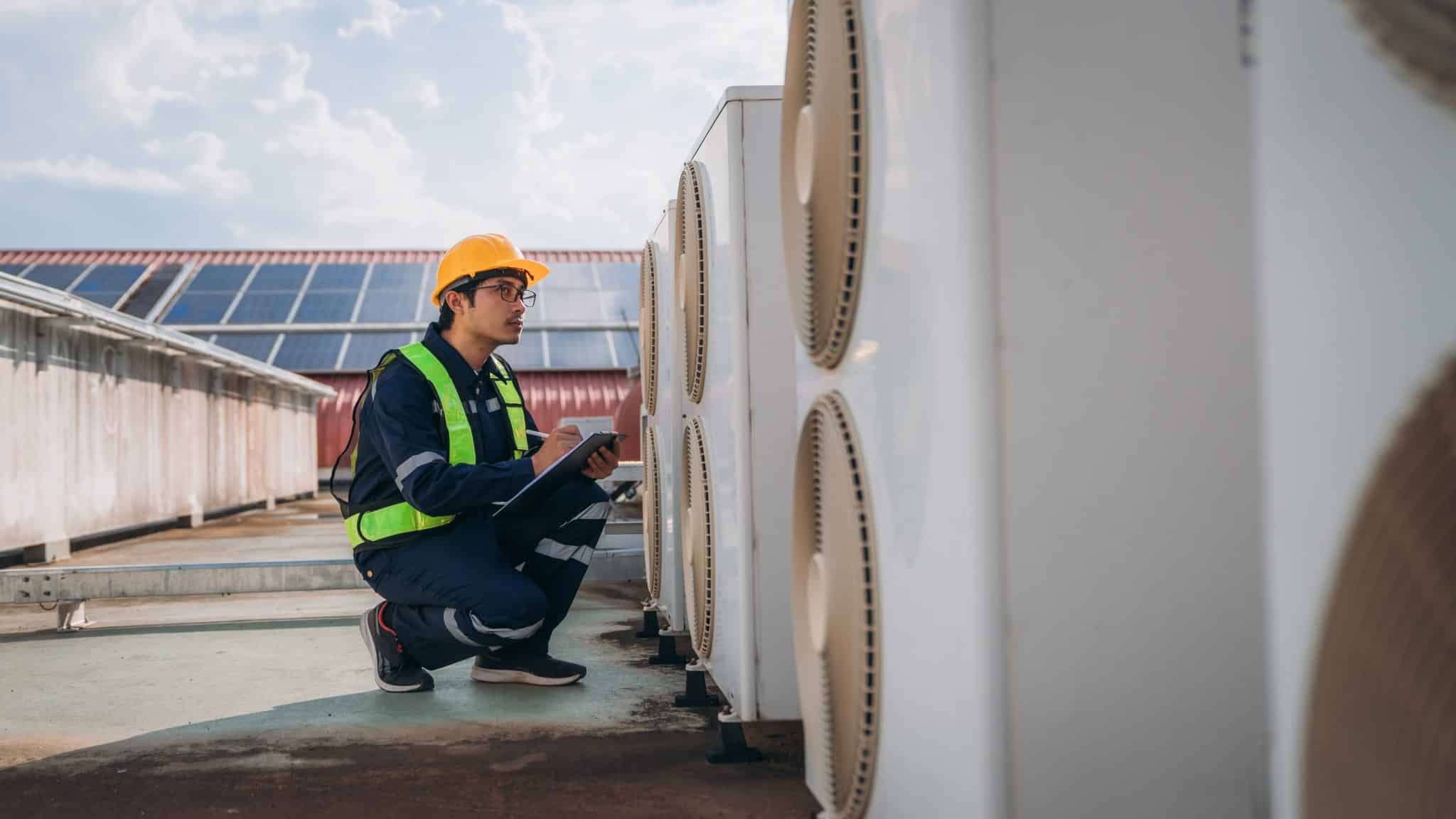Proper servicing and maintenance of commercial refrigeration units are crucial for extending their lifespan, ensuring food safety, and maintaining energy efficiency. Regular, comprehensive service helps prevent unexpected breakdowns, which can be costly and disruptive to business operations. This guide outlines the essential steps and best practices for servicing commercial refrigeration systems.
Understanding Commercial Refrigeration Service
Servicing commercial refrigeration involves a series of inspections, cleaning, and adjustments to ensure that all components of the system are functioning optimally. Regular service can identify potential issues before they escalate into major problems, saving time and money in the long run.
Key Steps in Servicing Commercial Refrigeration
- Visual Inspection: Begin with a thorough visual inspection of the unit, looking for any signs of wear and tear, damage to components, or loose connections.
- Cleaning Condenser Coils: Dirty condenser coils can significantly affect the efficiency of refrigeration units. Use a coil brush and vacuum to remove dust and debris, improving heat dissipation.
- Checking Refrigerant Levels: Low refrigerant levels can cause the system to work harder than necessary, leading to increased energy consumption and potential system failure. Check levels and recharge if necessary, following environmental and safety regulations.
- Inspecting and Cleaning Evaporator Coils: Like the condenser coils, the evaporator coils should be clean and free of ice buildup. A blocked evaporator can lead to poor cooling performance.
- Examining Electrical Components: Check all electrical connections for signs of wear or damage. Tighten loose connections and replace damaged wiring or components as needed.
- Testing Thermostat and Control Settings: Ensure the thermostat and control systems are accurately calibrated and functioning correctly. Incorrect settings can lead to overcooling, undercooling, or excessive energy use.
- Inspecting Door Seals and Gaskets: Damaged seals can allow cold air to escape, reducing efficiency and cooling performance. Replace worn or damaged seals to maintain optimal temperature control.
- Verifying Fan and Motor Operation: Fans should operate smoothly and quietly. Clean fan blades and lubricate motors as needed to ensure efficient airflow.
- Drain Line Cleaning: Ensure that drain lines are clear of obstructions to prevent water buildup and potential damage or health hazards.
When to Schedule Commercial Refrigeration Service
- Routine Maintenance: Schedule regular service appointments at least twice a year to maintain optimal performance and prevent issues.
- Seasonal Checks: Perform additional checks before peak seasons to ensure the system can handle increased demand.
- Upon Noticing Performance Issues: If you observe any changes in performance, such as fluctuating temperatures or unusual noises, schedule a service as soon as possible.
DIY Maintenance vs. Professional Service
While some basic maintenance tasks can be performed in-house, such as cleaning coils and checking door seals, many aspects of commercial refrigeration service require the expertise of a professional technician. Professionals can handle complex issues like refrigerant recharge, component replacement, and system calibration.
Conclusion
Regular servicing of commercial refrigeration units is essential for reliable operation, food safety, and cost savings. By following a comprehensive maintenance schedule and enlisting the help of professional technicians when necessary, businesses can ensure their refrigeration systems run smoothly and efficiently.
Ensure your commercial refrigeration units are in top condition. Schedule a professional service today with Central Florida Store Services to maximize efficiency, prevent breakdowns, and extend the lifespan of your equipment.





